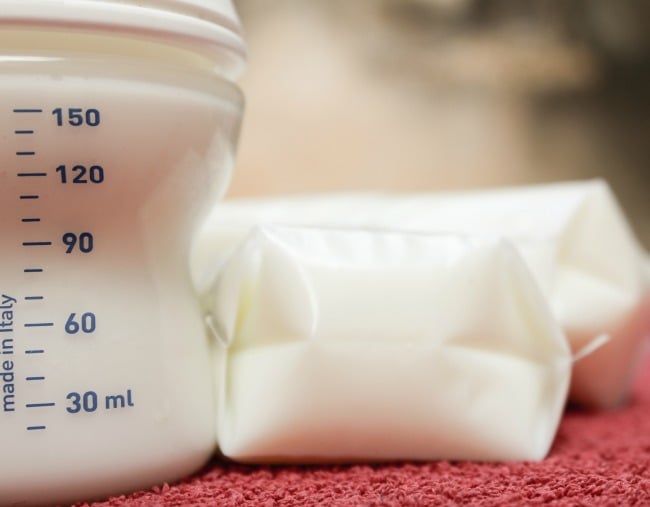
Mother of a newborn, Monique, called me in a state of anxiety. She said, “I think I am going to have to wean, I expressed some milk this morning and it’s green. What the hell is happening? I can’t feed my baby this!”
The thing is, if your baby is feeding directly from the breast, you probably wouldn’t notice what colour your breast milk is. As long as your baby is happily feeding, it’s unlikely there is a problem or that your baby is at any risk, regardless of the colour of your milk.
Your breast milk is perfectly suited to your baby’s stages of development and it changes composition – and colour – over your breastfeeding journey and even throughout an individual feed. At first, during late pregnancy and immediately after birth, your breasts will produce colostrum, a sticky, yellow or orange tinged liquid. High levels of beta-carotene give your colostrum this yellow colour.
Over the next few days, as your hormones and baby’s suckling stimulate your milk to ‘come in’, this ‘transitional’ milk can look creamy and yellowish gradually changing to white. Over the next week or two your breasts will produce ‘mature’ milk. Mature milk can change colour from a watery ‘bluish white’ to a more ‘creamy’ white colour, depending on the fat content of your milk.
The fat content of your milk increases over the course of each breastfeed as the higher fat milk (hind milk) is released by your letdown reflex as this is stimulated by your baby’s sucking.
